Goal:
Team:
2 UX Designers
3 UX Researchers
1 Project Lead
Design a digital mental health intervention tailored for individuals experiencing mental health issues as a result of long COVID.
Mind/Covid: A CBT App for Long COVID Mental Health
Solution:
A CBT-based app that offers self-help tools and peer support to address depression, anxiety, and trauma from long COVID.
My role:
Lead UX Designer
Tools:
Figma, Miro, Excel, Canva
Timeline:
6 weeks
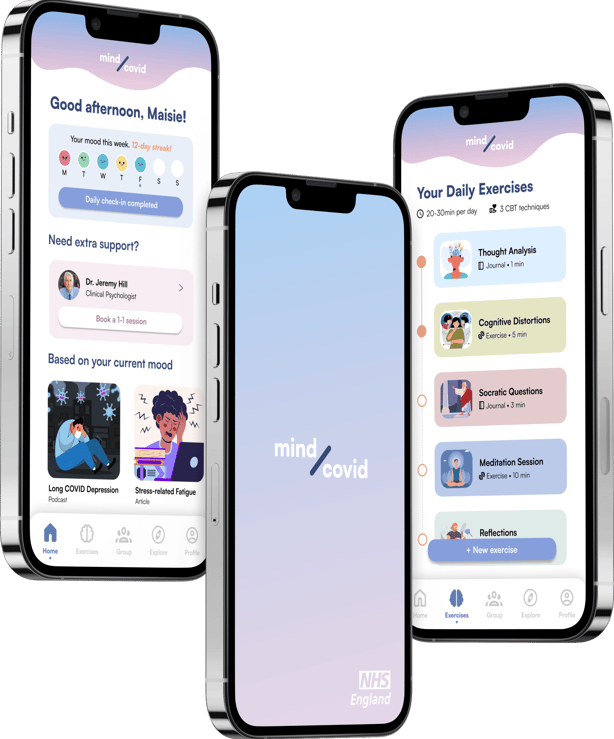

Understanding the problem
Recent research showed that 1 in 4 long COVID sufferers develop a mental health issue within 6 months - not solely due to physical illness but from psychological factors like isolation, trauma, and medical dismissal.
We aimed to fill this support gap with an accessible, therapeutic app grounded in user needs and behavioural science.
User research
We reviewed secondary data from:
14 long COVID forums and patient blogs
Academic literature on long COVID and mental health
Existing apps addressing chronic illness
Using affinity mapping and thematic analysis, we identified:
High prevalence of depression, anxiety, and PTSD
Users feel neglected by both peers and healthcare professionals
Physical and mental symptoms exacerbate one another
Existing apps lack social support options
Current mental health apps aren't personalised to long COVID
Creating personas
We created 3 user personas, each representing a common mental health condition tied to long COVID:
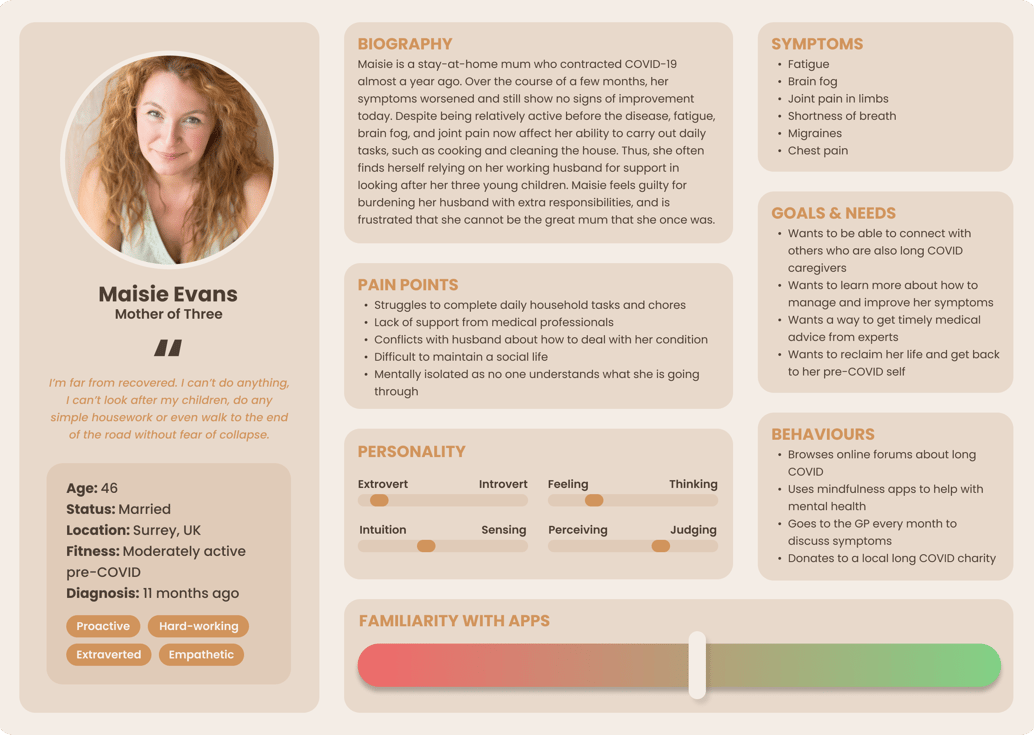

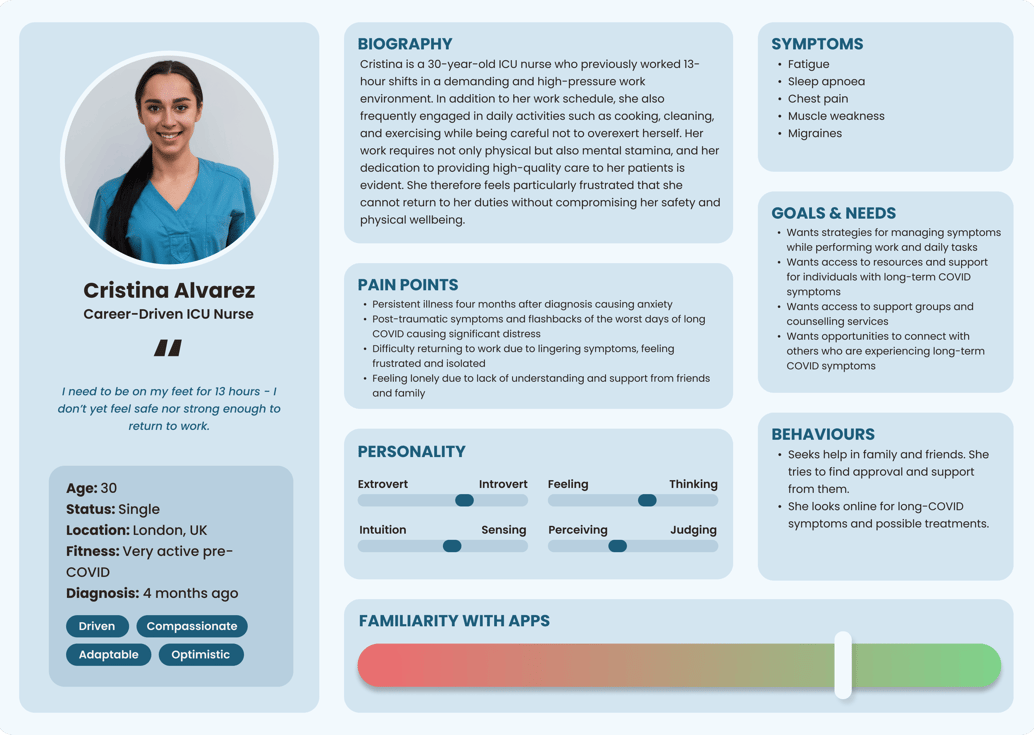

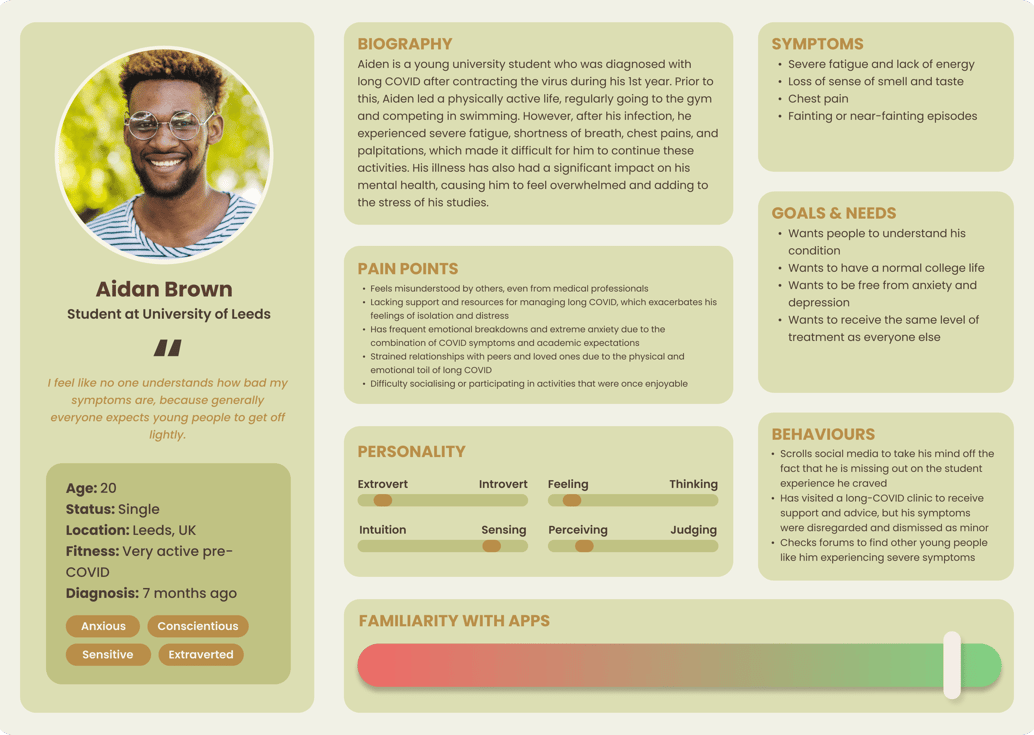

User requirements
To move from broad user insights to actionable design requirements, we applied the 5W1H (Who, What, When, Where, Why, How) framework to translate key themes from our user research into 4 core user needs:
✅ Must connect long COVID sufferers
✅ Should provide up-to-date information for better understanding
✅ Should help with managing and reducing mental health symptoms
✅ Could provide timely access to medical professionals
Prototyping
COM-B theory
To ensure that our design would facilitate our desired outcomes, we applied the COM-B model of behaviour change to brainstorm app features:
Capability: Psychological understanding of CBT tools
Opportunity: Low-effort peer connection
Motivation: Ongoing encouragement and emotional safety
We mapped these to appropriate mechanisms of action (MoAs) using behavioural science frameworks.
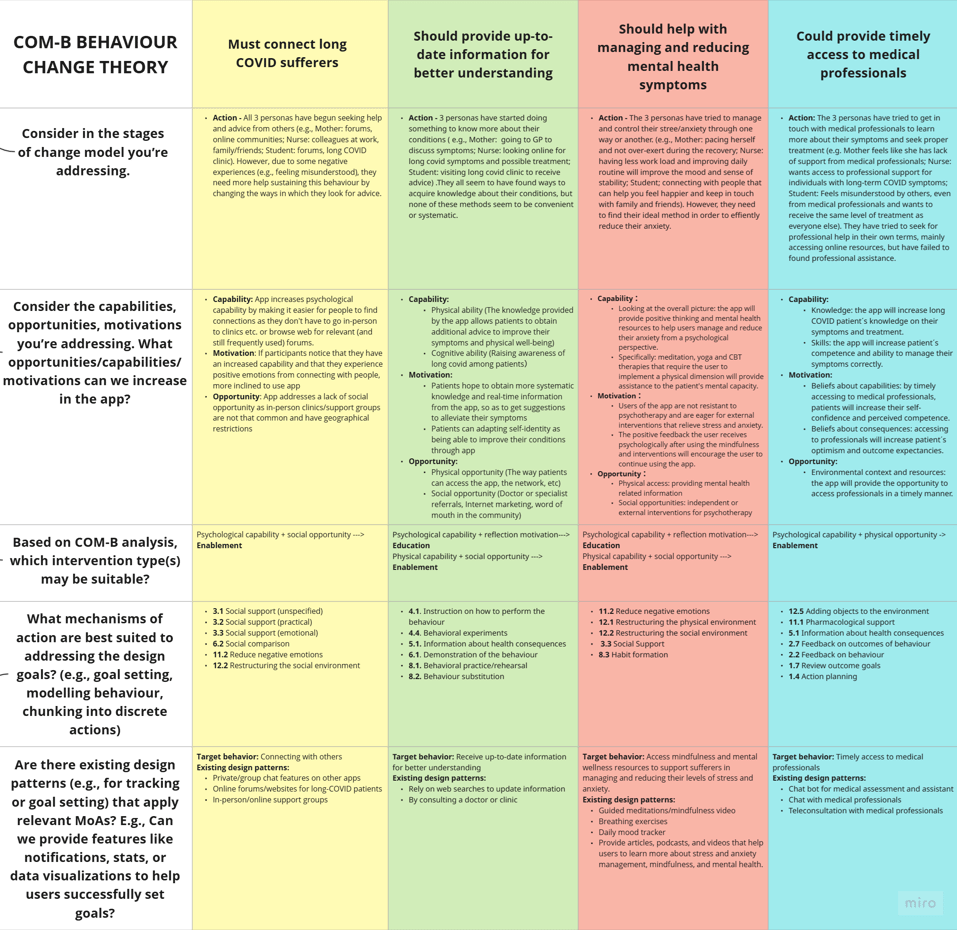

Key app features
Self-Guided CBT Exercises
Tailored to user’s specific mental health condition
Long COVID examples used to increase relevance
Daily push notifications support habit formation
Based on evidence from Nakao et al. (2021) and Adamson et al. (2020)
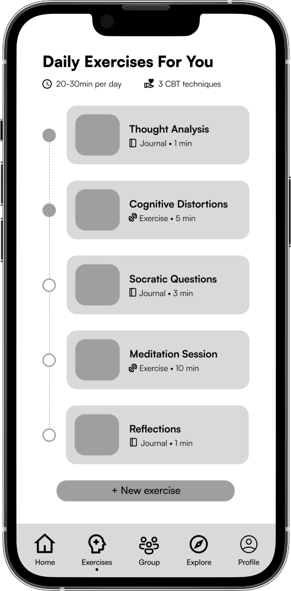

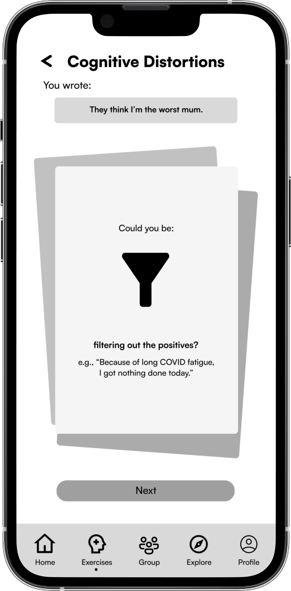

Therapist-Led CBT Support Groups
Algorithmically matched based on symptoms
Weekly online sessions with licensed therapists
Optional forum for sharing stories and progress
Combines self-guided + peer-supported therapy
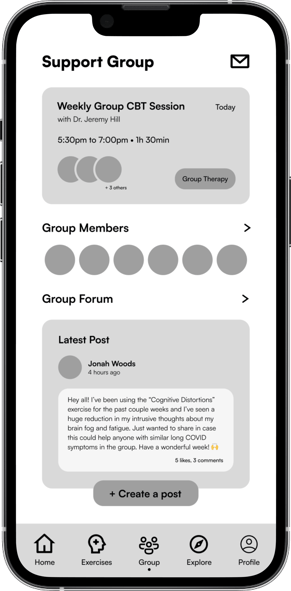

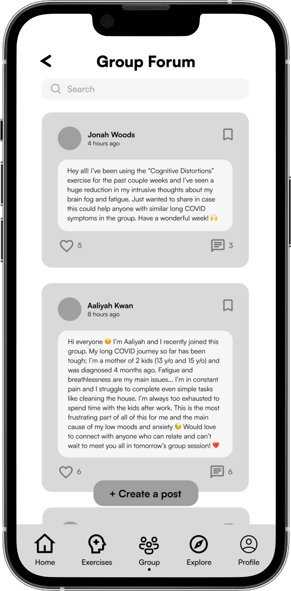

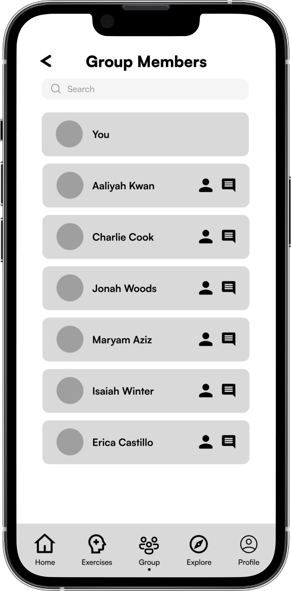

NHS-integrated support
Mind/Covid would be referral-based via the NHS
Ensures therapist availability and peer group consistency
Offers specialised mental health care for long COVID patients, unlike general wellness apps
User testing
Method
6 participants, each embodying a persona
Think-aloud usability test with scenario tasks
Follow-up interviews + Likert-scale feedback
Key findings
Privacy concerns
Users unsure if their data would be safe
✅ Fixes:Added GDPR/privacy onboarding screen
NHS branding for medical trust
Option to use pseudonyms and avatars
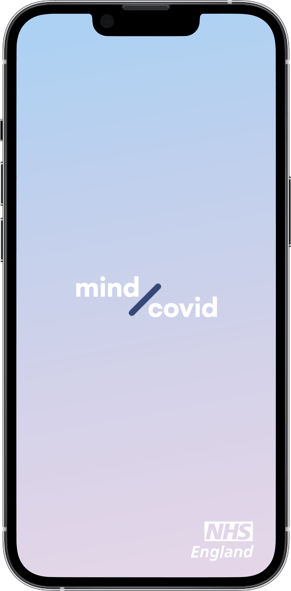

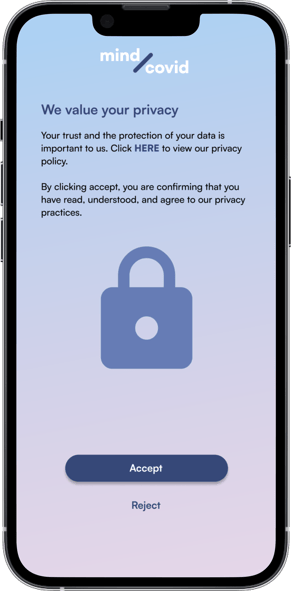

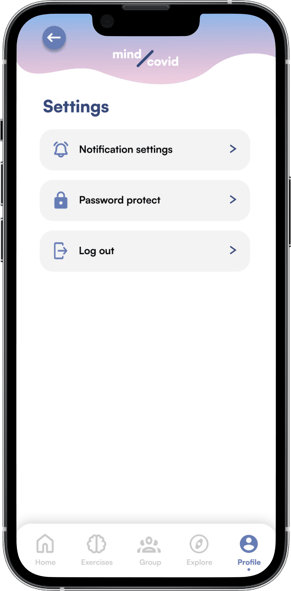

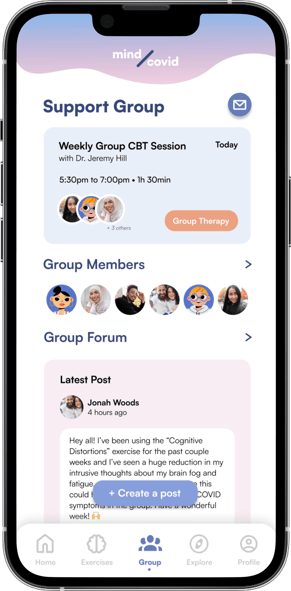

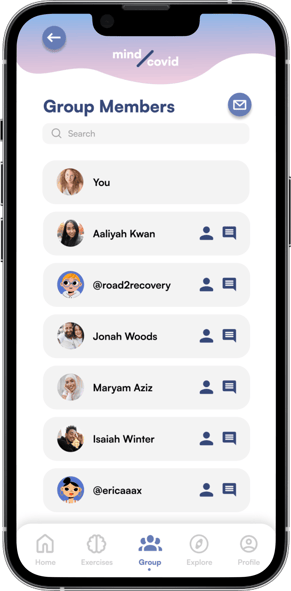

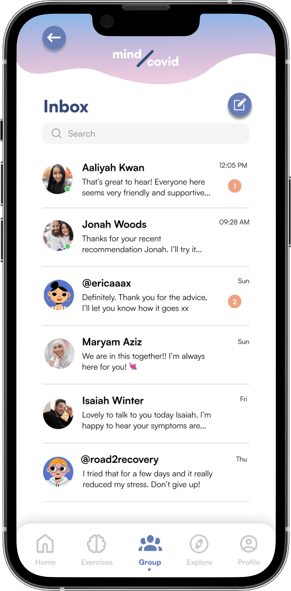

Feature confusion
Some unclear how users get assigned to groups
App onboarding felt lacking for new users
✅ Fixes:Added onboarding sequence explaining matching process
Introduced in-app tutorials via Settings
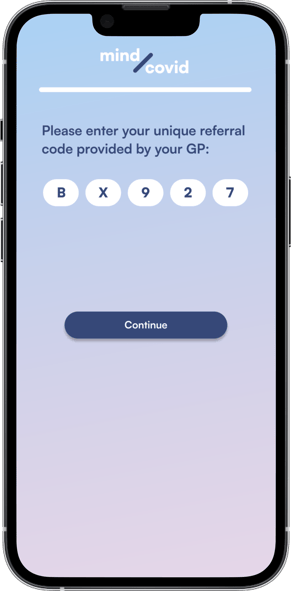

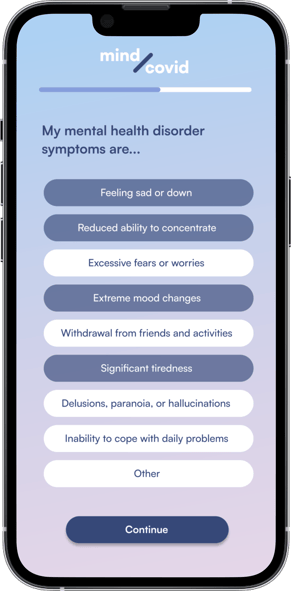

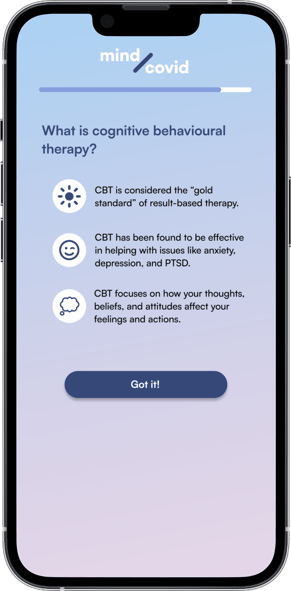

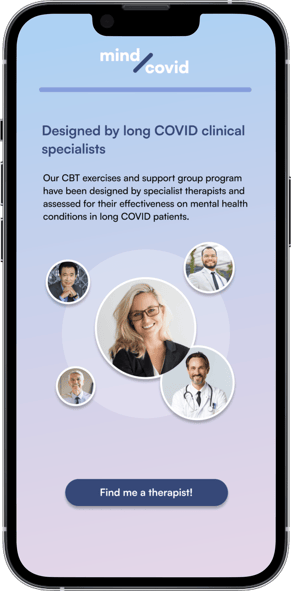

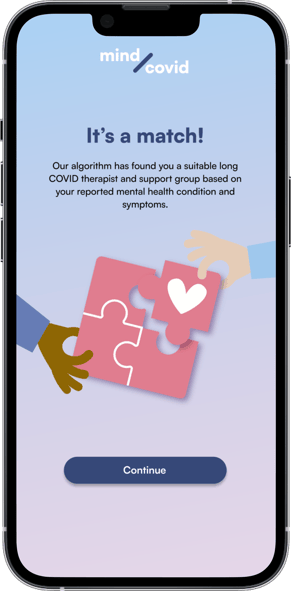

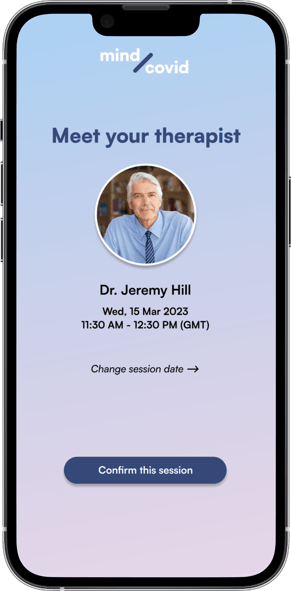

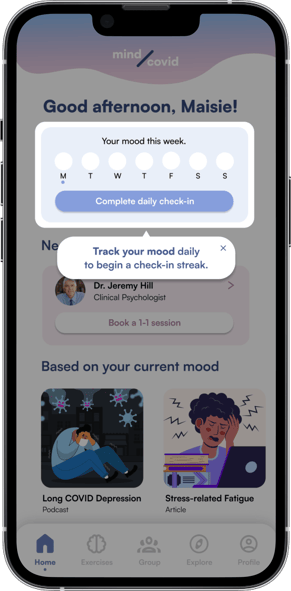

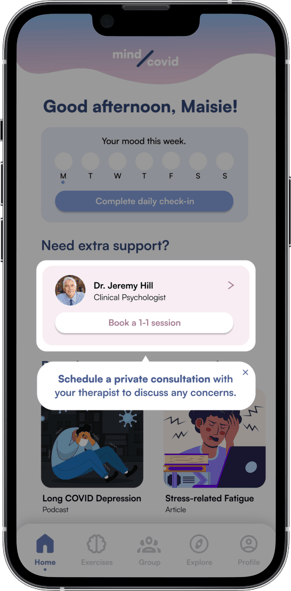

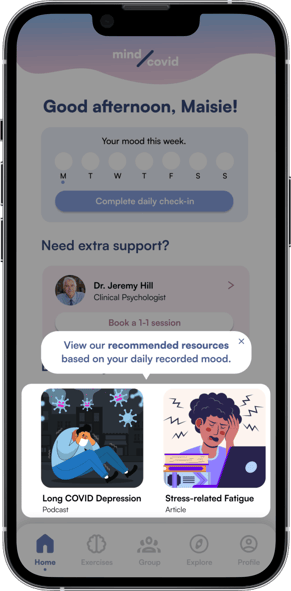

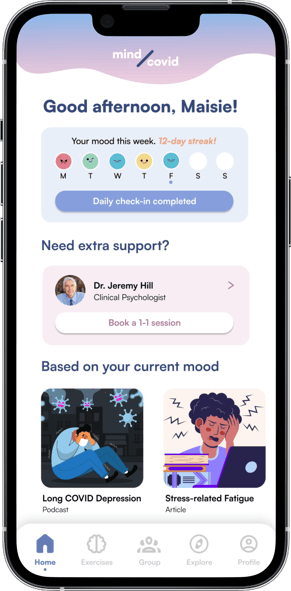

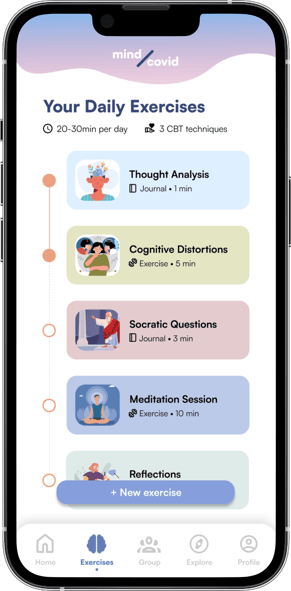

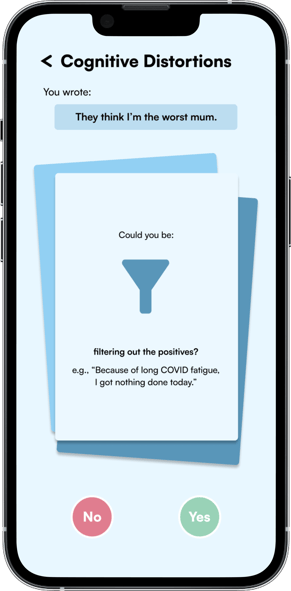

Key takeaways
1. Designing for mental health means leading with empathy, not just usability.
Working on Mind/Covid taught me that when users are already vulnerable, small design decisions can have big emotional weight. Every word, colour, and feature needed to feel safe and respectful. We weren’t just designing an app, we were designing a space that users could trust with their wellbeing.
2. Good research means meeting users where they are.
Because long COVID sufferers are often isolated and fatigued, traditional research methods weren’t always accessible. Turning to forums and personal narratives gave us unexpected depth and nuance. It reminded me that listening well sometimes means being creative with where and how you listen.
3. Behaviour change needs structure, not just motivation.
Using the COM-B model helped shift our thinking: it’s not enough to tell people what’s good for them, you have to remove friction, offer support, and make the healthy action feel achievable. It was a powerful reminder that thoughtful UX is often invisible, but deeply impactful.